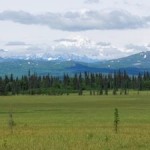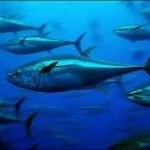 Each year, nearly 2000 scientists and students carry out more than 200 large-scale LTER field experiments. The resulting datasets are made freely and publicly available online. “The LTER sites are providing transformative information about the causes and consequences of climate and environmental changes to ecosystems,” saysDavid Garrison, the NSF program director for coastal and ocean LTER sites. “These sites are some of our best hopes for providing the sound scientific underpinnings needed to guide policy for the challenges of future environmental change.”
Each year, nearly 2000 scientists and students carry out more than 200 large-scale LTER field experiments. The resulting datasets are made freely and publicly available online. “The LTER sites are providing transformative information about the causes and consequences of climate and environmental changes to ecosystems,” saysDavid Garrison, the NSF program director for coastal and ocean LTER sites. “These sites are some of our best hopes for providing the sound scientific underpinnings needed to guide policy for the challenges of future environmental change.”
The LTER program was created in 1980 by the National Science Foundation to conduct research on ecological issues that can last decades and span huge geographical areas. The network brings together a multi-disciplinary group of more than 2000 scientists and graduate students. The 26 LTER sites encompass diverse ecosystems in the continental Unites States, Alaska, Antarctica, and islands in the Caribbean and the Pacific – including deserts, estuaries, lakes, oceans, coral reefs, prairies, forests, alpine and Arctic tundra, urban areas, and production agriculture.
Source: By McOwiti O. Thomas (LNO) & Clarisse Hart (HFR), LTER.













